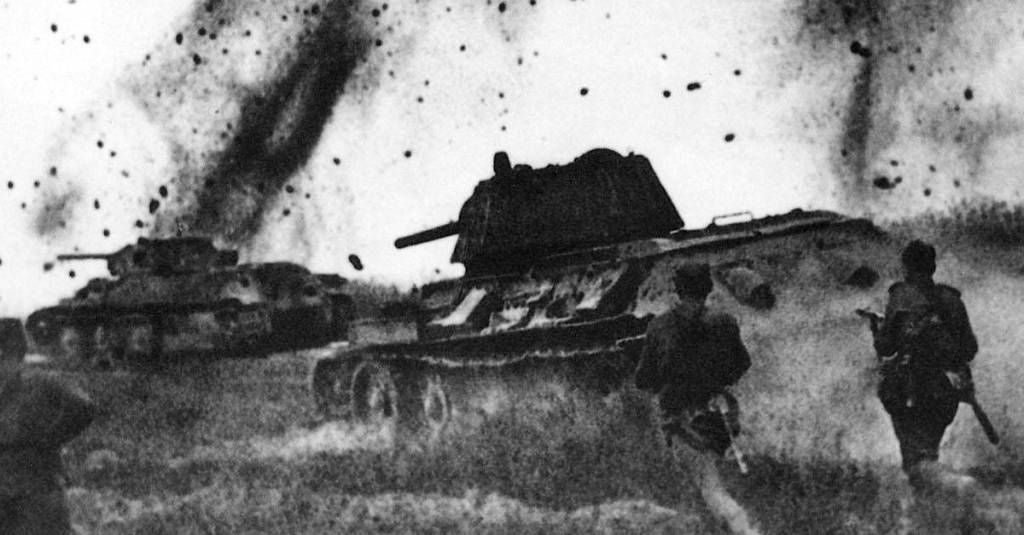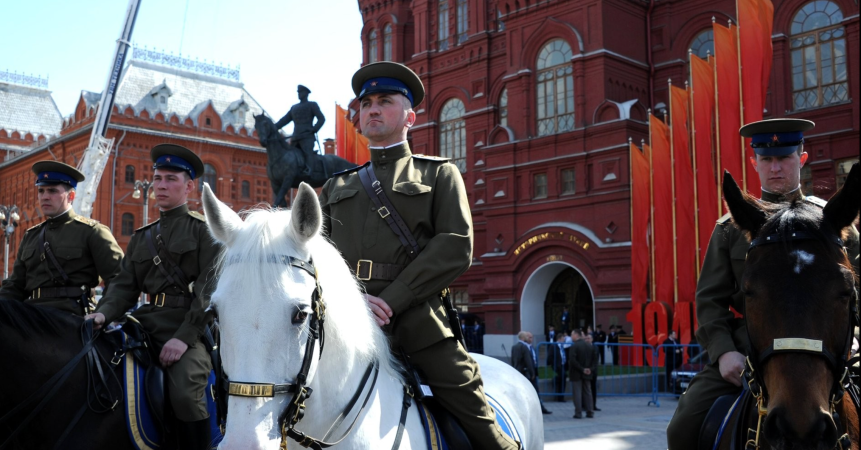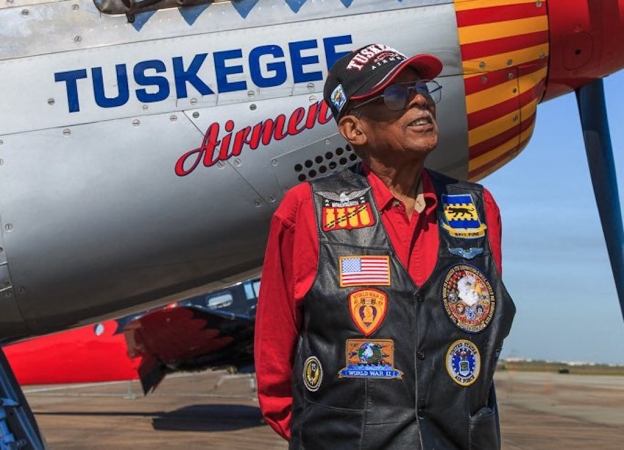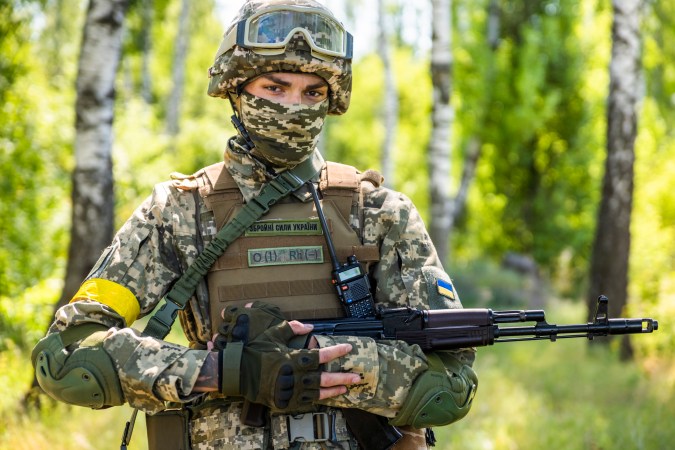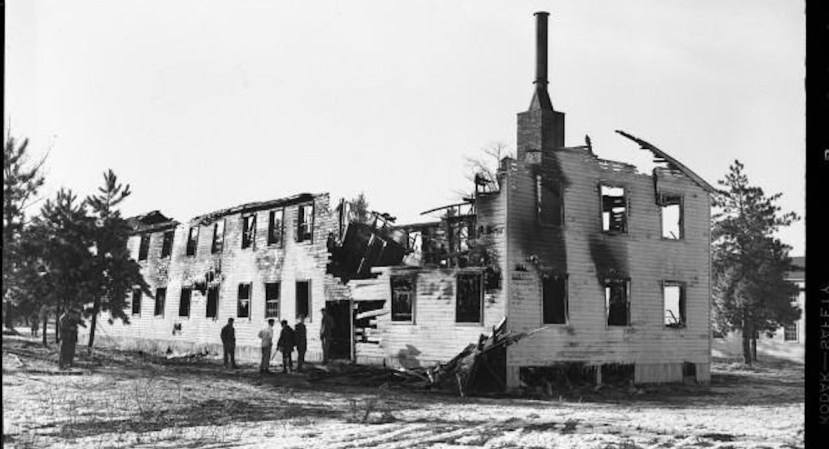The World War II story of “Jumpin'” Joseph Beyrle gives a whole new meaning to the saying: “Oh yeah? You and what army?”
Actually, the Red Army, to be exact.
Beyrle was a paratrooper with the legendary 101st Airborne, 506th Infantry Regiment. A demolitions expert, he performed missions in Nazi-occupied France with the resistance there before flying into Normandy on D-Day.
Beyrle had mixed luck during the war, but he would end it as a legend.
When his C-47 came under intense enemy fire during the D-Day invasion, Beyrle had to jump at the ultra-low altitude of 120 meters. He made the drop successfully but lost contact with his unit. Not one to be deterred by being alone in Fortress Europe, he still performed sabotage missions to support the D-Day landings.
He even managed to destroy a power station but was captured by the Wehrmacht shortly after.

Over the next seven months, Sgt. Beyrle was moved around quite a bit. He managed to escape twice, but, unlucky for him, he was recaptured both times. One time, he and other fugitives tried to hop onto a train bound for Poland but ended up on the way to Berlin instead.
He was beaten and nearly shot as a spy when he was handed over to the Gestapo, but the Wehrmacht took him back after military officials stepped in, saying the Gestapo had no authority over POWs.
Once back in the hands of the German military, they sent him to Stalag III-C, a prisoner of war camp in Brandenberg. The camp was notorious for the number of Russian prisoners who were starved or otherwise killed there.

In January 1945, he escaped Stalag III-C and moved east, where he linked up with a Soviet tank brigade. He convinced them he was an American by waving a pack of Lucky Strike cigarettes and persuaded the battalion’s commander (the Red Army’s only female tank officer of that rank) to let him join her unit. He spent a month in the Red Army tank corps, assisting in the liberation of his old POW camp, Stalag III-C.

Beyrle was wounded by a German Stuka dive bomber attack and evacuated to a Red Army hospital in Poland. When Soviet Marshal Georgy Zhukov learned there was a non-Soviet in the hospital, he visited Joseph Beyrle.
Amazed by his story, Zhukov gave Beyrle the papers he needed to rejoin U.S. forces in Europe.
The now-recuperating former POW headed to Moscow on a Soviet military convoy in February 1945. When he arrived at the U.S. embassy, he discovered he was listed as killed in action four days after the D-Day landings. His hometown of Muskegon, Michigan, held a funeral mass for him.

Beyrle was hailed as a hero in both the U.S. and Russia. In 1994, Presidents Bill Clinton and Boris Yeltsin presented him with medals in honor of his service to the countries. His son even served as Ambassador to Russia between 2008 and 2012.
The famed war hero died at 81 while visiting the area in Georgia where he trained to be a paratrooper in 1942.


